Travel comfortably within Kyoto city using hidden routes! Introducing our recommended routes!

Due to inbound tourism, many eco-friendly travelers are flocking to Kyoto, and public transportation is extremely crowded everywhere. In this article, we will introduce you to the most comfortable routes to travel in Kyoto!
-
Table of Contents
- Kyoto city is crowded everywhere due to inbound tourists
- What is it actually like being on a Kyoto city bus?
- How to avoid crowds?
- Introducing recommended routes!
- summary
Kyoto city is crowded everywhere due to inbound tourists
Due to the rapid increase in inbound tourism after the COVID-19 pandemic, Kyoto's famous tourist spots are crowded with foreigners and students on school trips. In Kyoto City, where buses are the main form of public transportation, major routes are always full to capacity and traffic jams are frequent.
In this situation, we have devised a route that will allow you to travel more comfortably and also take in some lesser known but still wonderful tourist spots, so we would like to introduce it to you!
What is it actually like being on a Kyoto city bus?
I also use Kyoto City buses to get around the city, but I'm always bothered by bus delays. In the last two races, there were 30-minute delays, and I almost ended up being late for my schedule.
Also, even when traveling by bicycle within Kyoto City, from noon to evening on the section of Higashioji-dori between Gion and Kiyomizu-dera, there are often absolutely no cars moving, as if the drainage pipes were clogged, and it often appears as if travel is taking a long time.
With such regular delays, people will have to take an earlier bus when traveling. Before introducing the route, let's take a look at the data on congestion on Kyoto City buses.
The data uses the operating coefficient of Kyoto City Bus's main routes in 2023. The operating coefficient is an index that shows how much operating expenses are required to earn 100 yen in operating income. In other words, if the operating coefficient is less than 100, the cost required to earn 100 yen is less than 100 yen, so the route is in the black. Conversely, if the operating coefficient is greater than 100, the route is in the red.
The more profitable a route is, the more users it has, which means that the bus is likely to be crowded.
The table below shows the operating ratios for 2023 sorted in ascending order.

As can be seen from the above data,
① Profitable routes with operating ratios below 100 are routes that directly connect tourist destinations (for example, from Nijo Castle to Kinkakuji Temple).
② Unprofitable routes with an operating ratio exceeding 100 are routes that connect within a specific area, such as "North ◯, South ◯, West ◯."
Examples include:
In other words, if you try to efficiently tour the major tourist sites, you may end up getting caught in crowded cars and traffic jams, which may actually make your trip less efficient.
How to avoid crowds?
So, how can you get around Kyoto city while avoiding the crowds?
There are three possible ways to do this:
1. By train
Japan's railways are excellent and rarely have major delays. The railway network in Kyoto is weaker than in other cities, but if you use it properly, you can travel comfortably.
②Using a private bus
In addition to Kyoto City buses, there are also privately run buses such as Kyoto Bus, Keihan Bus, and Princess Line Bus. These buses are less crowded than Kyoto City buses, so you may be able to travel more comfortably.
3. Change the starting point of your trip
Many tourists come to Kyoto Station from Kansai Airport by JR or from Tokyo by Shinkansen. Therefore, all the buses starting from Kyoto Station are crowded. In that case, you can travel from a starting point other than Kyoto Station.
Introducing recommended routes!
As a Kyoto resident, I've come up with some recommended sightseeing routes that will help you avoid the crowds, so please feel free to use them as a reference!
Kansai Airport or Tokyo → Fushimi Inari
From Kansai Airport: Take the Nankai Railway, Keihan Railway, etc. to Fushimi Inari Station
From Tokyo: Take the Tokaido Shinkansen to Kyoto Station, then take the JR line to Inari Station.
・From "Inari Station" or "Fushimi Inari Station" walk to Fushimi Inari Taisha Shrine
Fushimi Inari is the head shrine of the many Inari shrines across the country. The thousand torii gates that line the path are a magnificent sight.
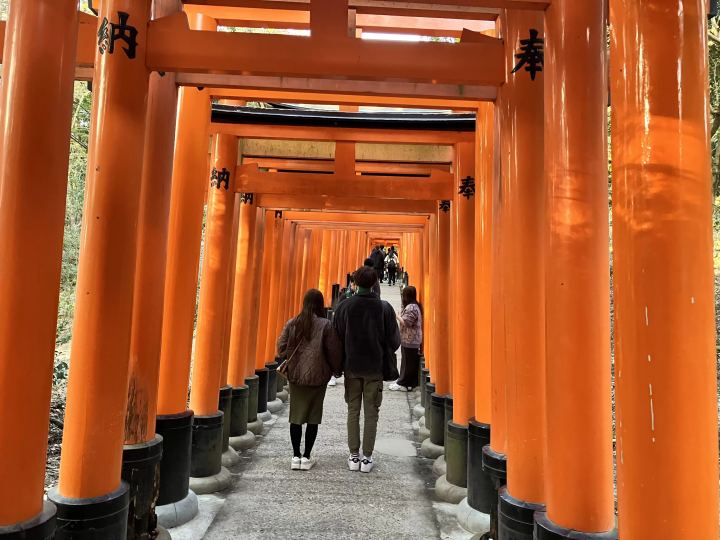
Fushimi Inari Shrine → Kyoto Imperial Palace
① From Fushimi Inari Taisha Shrine, take the Keihan Railway to Fushimi Inari Station.
2. Take the Keihan Main Line semi-express from "Fushimi Inari Station" to "Jingu-Marutamachi Station"
3. Walk from Jingu-Marutamachi Station to the Kyoto Imperial Palace
The Kyoto Imperial Palace was the residence of the Emperor from 794 until the Meiji Restoration. Every year, major festivals such as the Aoi Festival and Jidai Festival are held here.

Kyoto Imperial Palace → Nijo Castle
1. From Kyoto Imperial Palace, take the Karasuma Subway Line to Imadegawa Station or Marutamachi Station.
② Take the subway from "Imadegawa Station" or "Marutamachi Station" to "Karasuma Oike Station" → Transfer to the Tozai Line → Take the subway to "Nijojo-mae Station"
3. Walk from Nijojo-mae subway station to Nijo Castle
Nijo Castle was built in 1603 by Tokugawa Ieyasu, the first Shogun of the Edo Shogunate, to protect the Kyoto Imperial Palace where the Emperor lived and to serve as a lodging facility for the Shogun when he visited Kyoto. In fact, it is the castle where the Tokugawa Shogunate was born and died.
Nijo Castle → Arashiyama
1. Walk to the subway station "Nijojo-mae"
② Take the Tozai subway line to Uzumasa Tenjingawa station → Transfer to the Arashiyama Keifuku line → Take the train to the last stop, Arashiyama station
Arashiyama is one of the most beautiful places in Kyoto where you can enjoy food while walking around.
In autumn, you can see beautiful autumn leaves at places like Togetsukyo Bridge and Hozukyo Gorge.

Arashiyama → Ninna-ji Temple, Ryoan-ji Temple, Kinkaku-ji Temple
1. Walk to "Randen Arashiyama Station"
② Take the Keifuku Line to "Kiharanotsuji Station" → Transfer to the Kitano Line → Take the train to "Omuro-Ninnaji Station"
Ninna-ji Temple, Ryoan-ji Temple, and Kinkaku-ji Temple can all be visited on foot.
Ninna-ji Temple is the temple that many people have read about in Japanese texts, such as "The Monk at Ninna-ji Temple."
At Ryoanji Temple, you can enjoy the elegant scenery created by the arrangement of stones.
At Kinkakuji Temple you can see a gorgeous building with its exterior covered in gold leaf.
At this time of year, Kinkakuji Temple can be seen covered in snow and is extremely beautiful.

Kinkakuji Temple → Kurama Temple and Kifune Shrine
1. Walk from Kinkakuji to the "Senbon Kitaoji" bus stop
② Take the Kyoto City Bus Kita 8 Line to the "Shugakuin Ekimae" bus stop → Transfer to the Eizan Railway → Go to "Kurama Station" or "Kifuneguchi Station"
The Kita 8 line is one of the Kyoto City bus routes that is relatively less crowded, so I think you will be able to enjoy a comfortable ride.
Kurama Temple is famous as the place where Ushiwakamaru grew up, and is a sacred mountain that is said to be a power spot where Tengu live. You can receive power from the universe here.
On the other hand, Kifune Shrine is known as the god of water and matchmaking. It is also a place where you can enjoy water fortune telling.

Kurama Temple and Kifune Shrine → Kawaramachi, Yasaka Shrine, and Kiyomizu Temple
①Go to Eizan Railway "Kurama Station" or "Kifuneguchi Station"
② Take the Eizan line to Demachiyanagi Station → Transfer to the Keihan line → Take the line to Gion-Shijo Station
Kawaramachi is the largest shopping district in Kyoto City and is a great place to buy souvenirs. You can also dress up as a ninja at the Samurai and Ninja Experience Museum, or enjoy eating your way around Nishiki Market.
Yasaka Shrine and Kiyomizu-dera Temple can be reached on foot from Kawaramachi.
Yasaka Shrine is a shrine that is said to grant blessings for matchmaking and beauty, and is the head shrine of all Yasaka Shrines across the country.
The view of Kyoto city from the stage of Kiyomizu-dera Temple is spectacular, and in autumn you can enjoy the magnificent combination with the autumn leaves.

Kiyomizu-dera Temple → Kyoto Station
1. From Kiyomizu-dera Temple, go through Gojozaka to the "Gojozaka" bus stop
② Take Kyoto City Bus/Keihan Bus to Kyoto Station
If you go south of Gojo-dori, the roads are not so crowded, so the risk of delays is low, but the bus may be crowded. Therefore, it may be a good idea to take the Keihan bus to Kyoto Station.
summary
The routes introduced here can be summarised as follows:
Osaka/Tokyo → Fushimi Inari → Kyoto Imperial Palace → Nijo Castle → Arashiyama → Ninna-ji Temple, Ryoan-ji Temple, Kinkaku-ji Temple
→Kurama Temple and Kifune Shrine → Kawaramachi, Yasaka Shrine and Kiyomizu Temple → Kyoto Station
It's impossible to do the entire route in one day, so you'll likely need to stay somewhere overnight.
Let's make the most of the environmentally friendly railway and travel around Kyoto city comfortably!
The more you learn about history and culture, the more interesting your journey becomes. By knowing the background of the area, the scenery and buildings will look completely different. Please feel free to contact CEC for custom-made plans and guide requests. We offer special experiences that are unique to Kyoto, led by expert guides.
Our "ambassadors" will guide you through Kyoto's cultural tourism in a variety of languages, drawing on their own experiences and knowledge. We can accommodate requests for standard courses or special, bespoke one-day courses, to help you create unforgettable days in Kyoto, providing you with the opportunity to learn about and experience shrines, temples, and gardens, modern architecture, food culture, traditional performing arts, and more, as well as meet the local encounters that will create the best memories. In addition to guided tours, we offer special experiences, from events utilizing unique venues to plans that allow you to fully enjoy Kyoto culture throughout the seasons.
The contents on this page may partially contain automatic translation.






















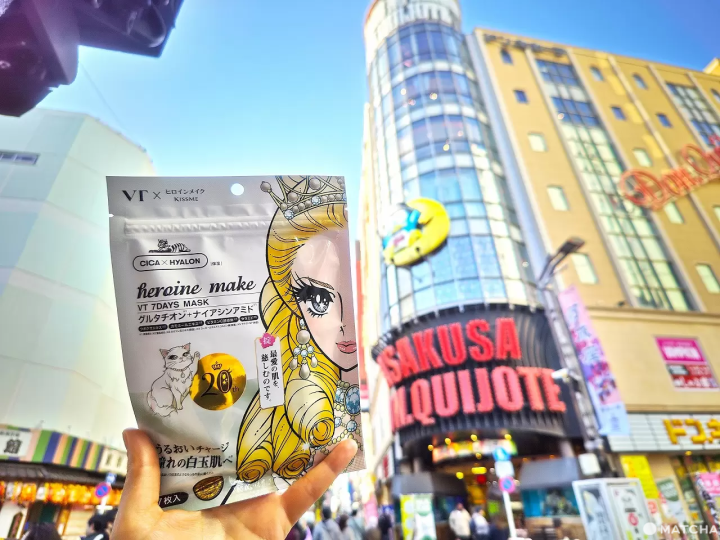
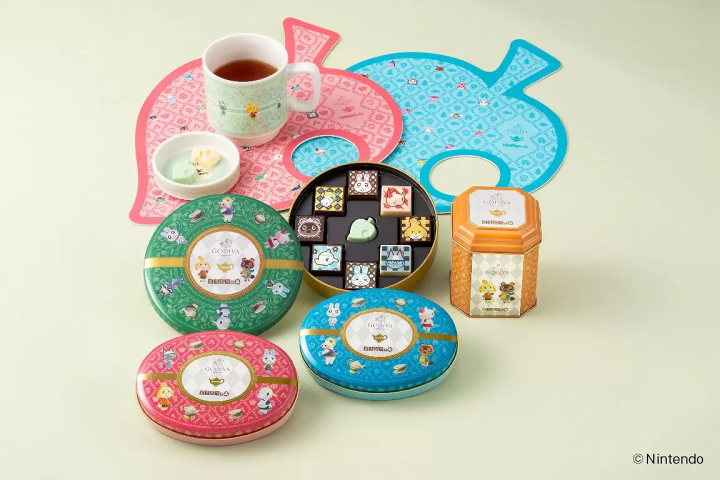
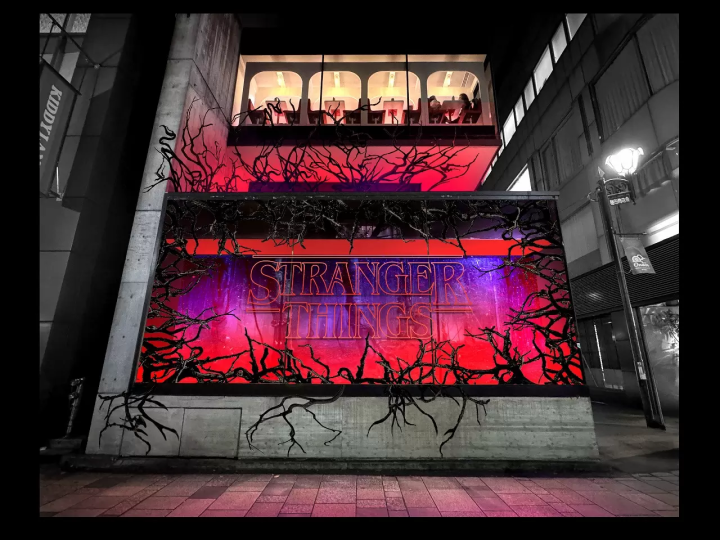
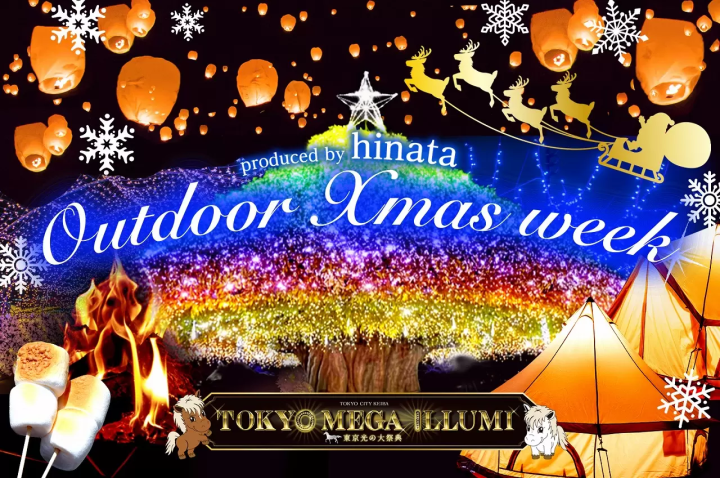
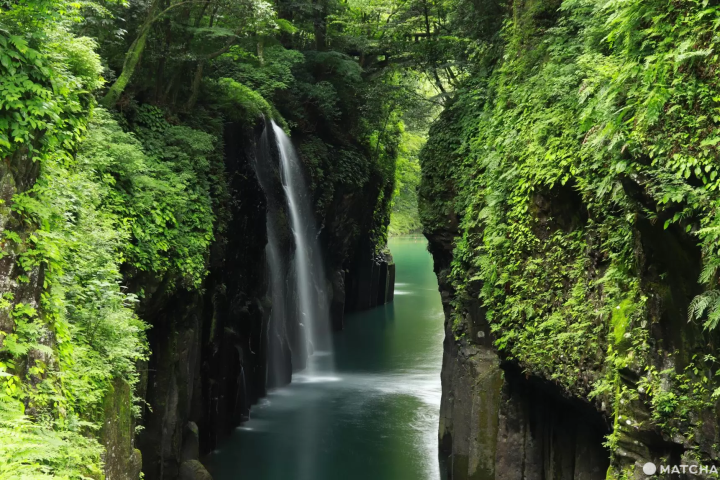




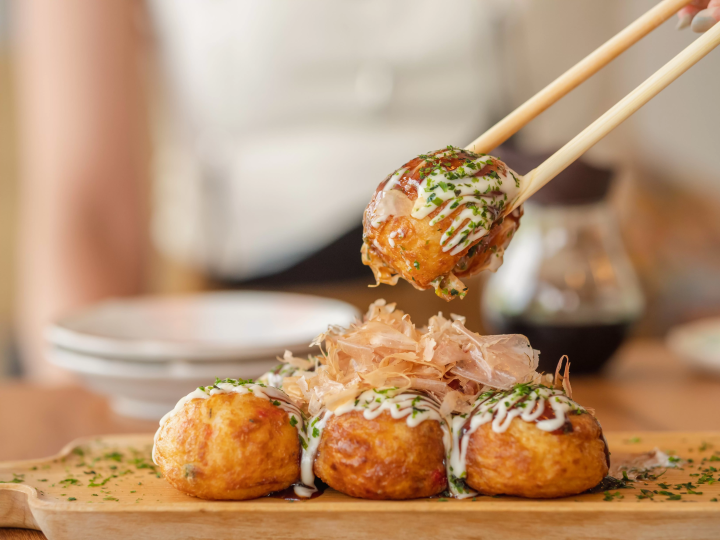
![[2026 Edition] FORMUAL 1 JAPANESE GRAND PRIX Information](https://resources.matcha-jp.com/resize/720x2000/2025/10/05-245984.webp)


![[2025 Update] Namba's spectacular illuminations! "Namba Hikari Tabi" with approximately 1 million shining lights](https://resources.matcha-jp.com/resize/720x2000/2025/12/12-252825.webp)